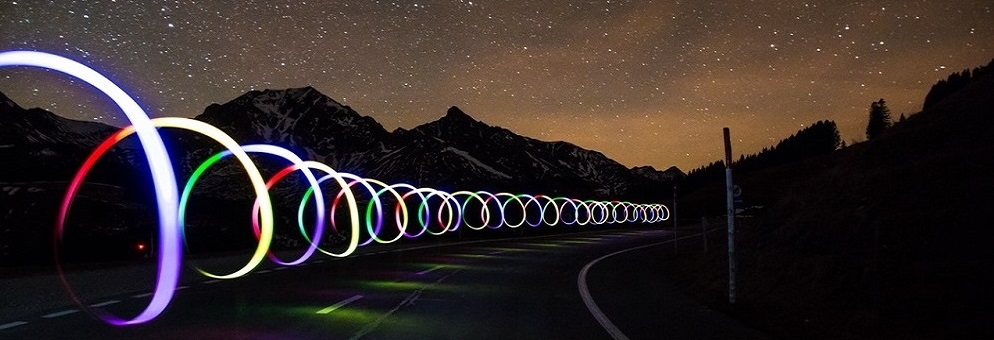
Time-lapse photography and video can produce some truly amazing images.
But what if you want time-lapse in a place where there is limited or no data feed? Or even trickier: where there’s either no power, or a power supply which is regularly switched off or interrupted?
Let’s say you want to capture your corporate activity in the wilds of the countryside or deep in forest. Let’s say it’s a construction site where power is generator based and switched off when everyone goes home. Okay, let’s get as far away from data and power as we can – what if you want to time-lapse out at sea?
Well, with the right time-lapse rigs, and with the right experience and expertise to build, install and maintain them, then time-lapse can be successfully taken and some spectacular images and footage captured.
Okay, let’s start with the most common problem: no power or no reliable power source.
If what you want to capture lasts for just a few hours then battery power will be enough. That’s fairly obvious.
If what you want to capture will last several days or weeks, or it might happen randomly at some point over the next few weeks, then a series of batteries can be installed to trip from one to the next, or someone can be designated to change batteries.
So far, so easy.
No, the real problems start when there’s no power at all. But a solution is at hand.
We’ve developed a solar panel recharging system which can keep a time-lapse camera going pretty much indefinitely. The camera rigs have been tested both in the workshops, out in the field and, even out in the middle of the North Sea.
Using robust ultra HD DSLR cameras, a solar panel can generate enough recharging power to keep the camera fully operational.
And what’s more, it can keep part two of the conundrum powered too!
And that’s when there’s no data feed.
Time-lapse rigs – especially long running time lapse rigs – need a reliable internet connection for several reasons.
The first is that if images are stored remotely on the camera then there’s a limit, and often quite a small limit, on capacity.
What we really need to be able to do is harvest images remotely. That means having contact with the camera from anywhere in the world, and as the images are taken they are automatically downloaded at base.
The second reason is so that the time-lapse operating company can talk to the camera – and the camera can talk to base. Our rigs send a daily email home with a full diagnostic report so that any issues or break in the time-lapse filming can be quickly spotted and remedial action taken.
And with a reliable internet connection with the camera, that remedial action is often as simple as remotely shutting the camera down and booting it back up again.
All clever stuff.
But what if there’s no data feed?
Well, how about we effectively add mobile phone technology to the camera? That way we can use 4G to transfer images from the camera to base, and maintain the link with base so that diagnostics can be measured and simple maintenance and power down/reboots and be triggered.
So, we started with two basic problems facing time-lapse rigs in remote locations, or locations without power and data and have developed simple, effective and proven solutions: a solar panel powered time-lapse camera with mobile phone technology added for connectivity.
Once those two fundamental issues have been cracked, you can start to add all sorts of functionality to the rig. How about heated or cooled rigs which can operate in temperatures =/- 40C. No problem!
How about rigs in very dirty and dusty sites? No problem, we can add a water reservoir and a simple wash and wiper blade action to a Perspex housing!
With the right experience and expertise, a good time-lapse company should be able to fashion a solution to operate under even the most challenges of circumstances.
And in the middle of the sea is about as tough as it gets, but can be done!
Time-lapse cameras have moved beyond their flimsy, low resolution webcam origins. At their best, time-lapse delivers truly stunning images, a real record of achievement over a period of months or years, and ultra-high-definition images to monitor your site.
They’ll keep an eye on what’s going on from anywhere in the world, can be linked to websites or intranets if you want to share the images, for any corporate advertising, Public Relations initiatives, annual reports, annual conferences, broadcast rolls, to share with stakeholders, customers and the general public.
Take a look at a time-lapse video we created, showing some of our latest projects here. Alternatively, for more information on corporate communications, head on over to our website.
